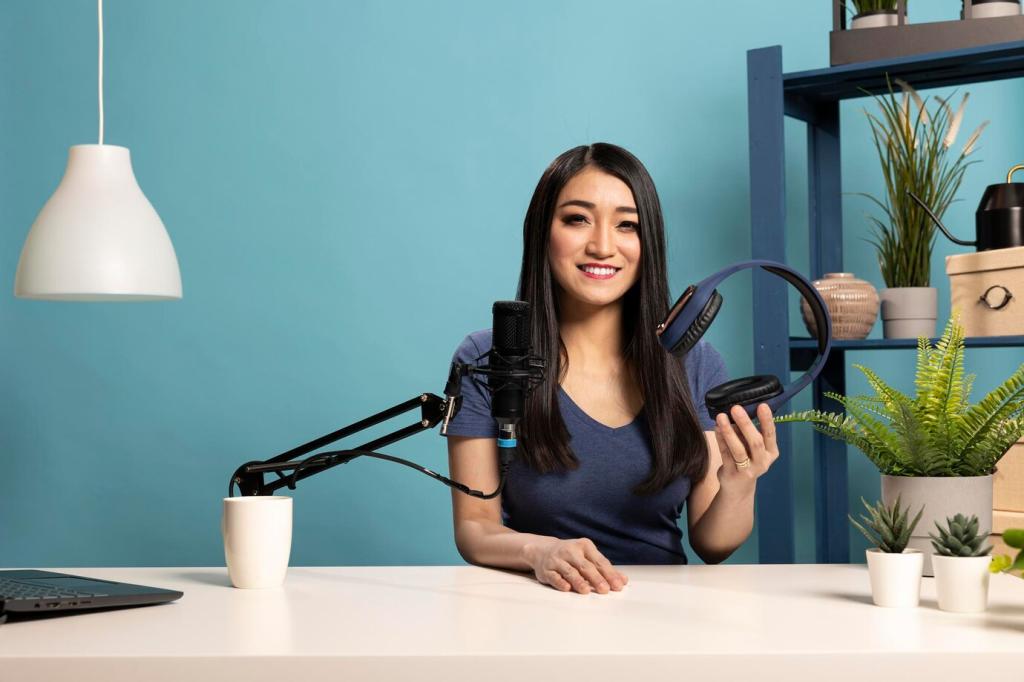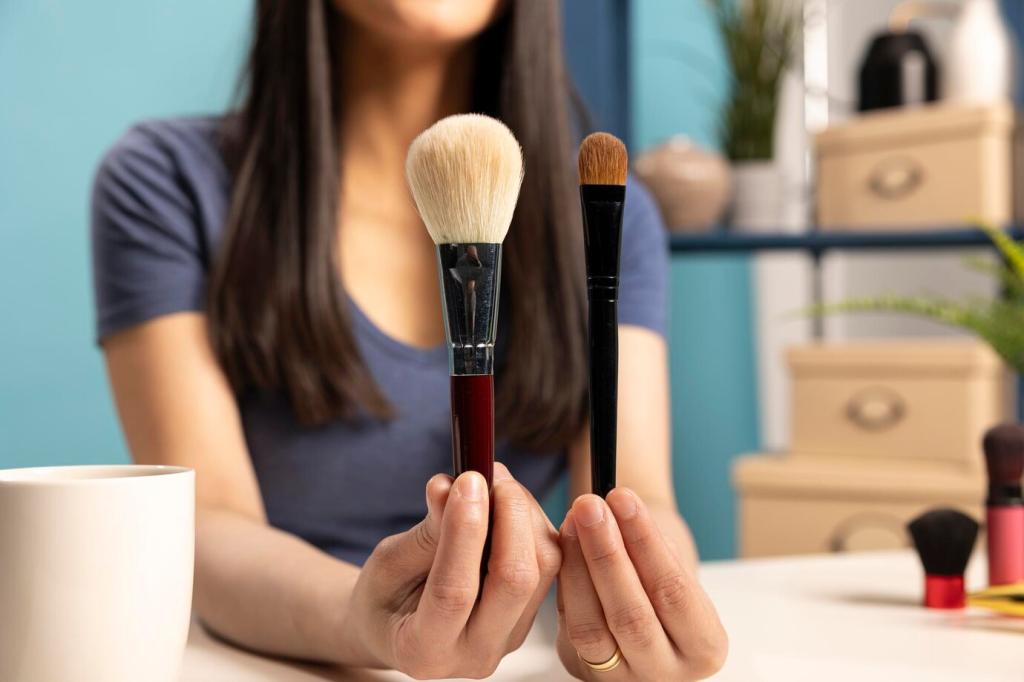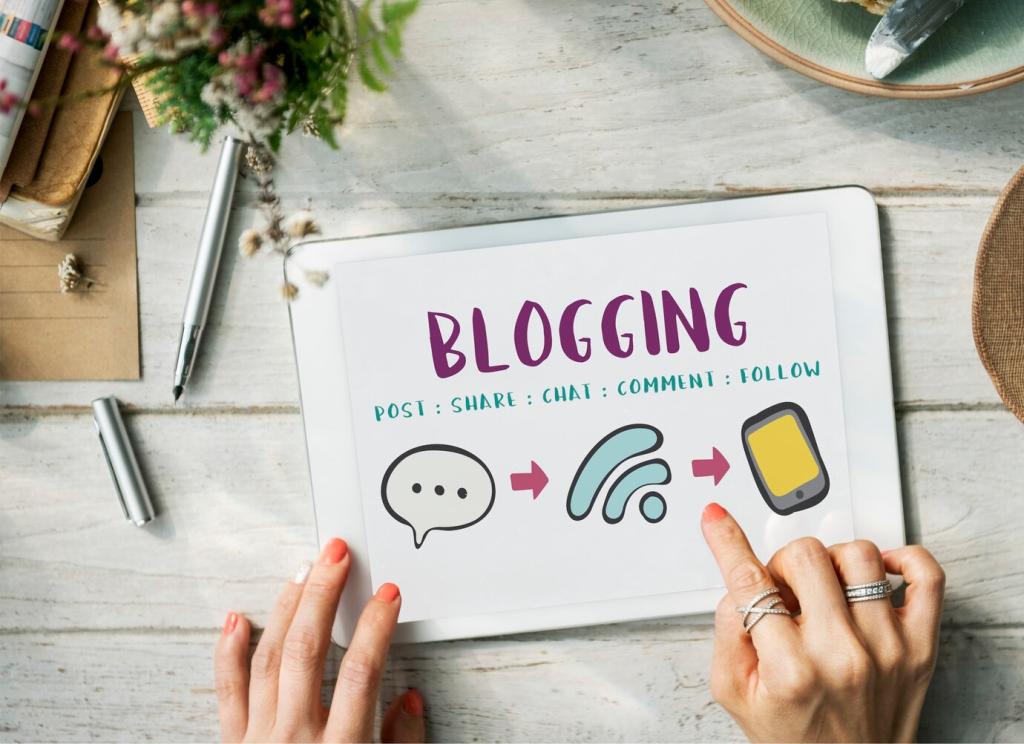Writing Impactful Content for Interior Design Websites
Chosen theme: Writing Impactful Content for Interior Design Websites. Welcome to a practical, story-driven guide that shows you how strategic words can elevate rooms, portfolios, and entire brands. Stay with us, share your wins, and subscribe for weekly prompts tailored to design-focused content creators.

Understand Your Readers Before You Write a Word
Sketch two or three audience types based on actual clients: the downsizing couple, the busy architect, the boutique hotel owner. Note their goals, fears, budgets, timelines, and style preferences so your copy sounds relevant, knowledgeable, and immediately reassuring.
Understand Your Readers Before You Write a Word
If they worry about delays or decision fatigue, promise structured milestones and sample boards that simplify choices. Replace vague adjectives with concrete outcomes to earn trust quickly and guide them toward your inquiry form without feeling pressured or overwhelmed.


Lead with a Benefit-Focused Headline
Swap generic slogans for specific transformations: from cluttered condo to calm sanctuary, or from dated lobby to revenue-boosting entrance. A strong headline anchors your brand promise and helps visitors instantly understand why your studio is the right choice.
Clarify Your Niche and Process Above the Fold
State who you help, where you work, and how you partner—residential, hospitality, or commercial; remote design or full-service; concept to installation. Add a gentle invitation to explore a flagship project so readers see proof before committing their time.




Target Intent, Not Just Phrases
Organize pages around goals like small apartment storage ideas, modern coastal kitchen design, or boutique hotel lobby inspiration. Use natural phrasing inside helpful explanations so your pages feel like guidance, not a jumble of awkward keyword repetitions.
Win Local Searches with Real-World Signals
Mention neighborhoods, building types, and regional materials to ground your expertise. Create a page for each service area, and include project stories that reference local constraints. Ask readers which city pages they struggle to structure, and we will share templates.
Structure Content for Skimming and Rich Snippets
Use descriptive H2s, concise summaries, and clear alt text for images. FAQs covering timelines, sourcing, and collaboration tools help search engines and people. When in doubt, write the answer you wish you had before hiring a designer or stylist.
Let Words and Images Work as One
Explain why the walnut shelf floats three millimeters from the tile, or how the rug pattern anchors circulation. These micro-stories turn aesthetics into strategy and help visitors recognize the expertise behind every seemingly effortless decision on the page.
Let Words and Images Work as One
Lead with the problem frame, then concept, then detail and reveal. Your words should bridge the transitions so visitors never feel lost. Invite readers to share a gallery link, and we will suggest a narrative order in an upcoming community roundup.


Offer a Low-Pressure First Step
Invite a short discovery chat or portfolio walkthrough with a clear agenda and time limit. Explain what happens after the call so expectations are aligned. Ask readers to comment with their favorite CTA phrasing, and we will feature the best variations.
Use Lead Magnets That Solve Real Problems
Create checklists for project readiness, mood board starters, or renovation timeline guides. Position them near relevant content so the exchange feels natural. Mention how subscribers receive monthly writing prompts specifically for interior design professionals.
Place Micro-CTAs Where Momentum Peaks
After a compelling before-and-after, invite readers to view the full case story. At the end of process pages, offer a calendar link. Small, contextual nudges outperform a single button buried at the bottom of a long page, especially on mobile.
